Road rash occurs when your skin rubs against the ground. After falling off your bike, skin abrasion or a graze of this kind is hard to avoid.
But you can mitigate skin damage immediately after and in the days following a cycling crash. Otherwise, you risk discomfort, infection and long-term scarring.
We’ll explain below how to look after your road rash yourself with advice from St John Ambulance. The charitable first aid organisation supports the UK’s National Health Service at public events, including organised bike rides.
In the event of a bad crash, you should call an ambulance or go to Accident and Emergency to get checked over for potentially more serious injuries. Look out for signs of concussion too.
What is road rash and what causes it?
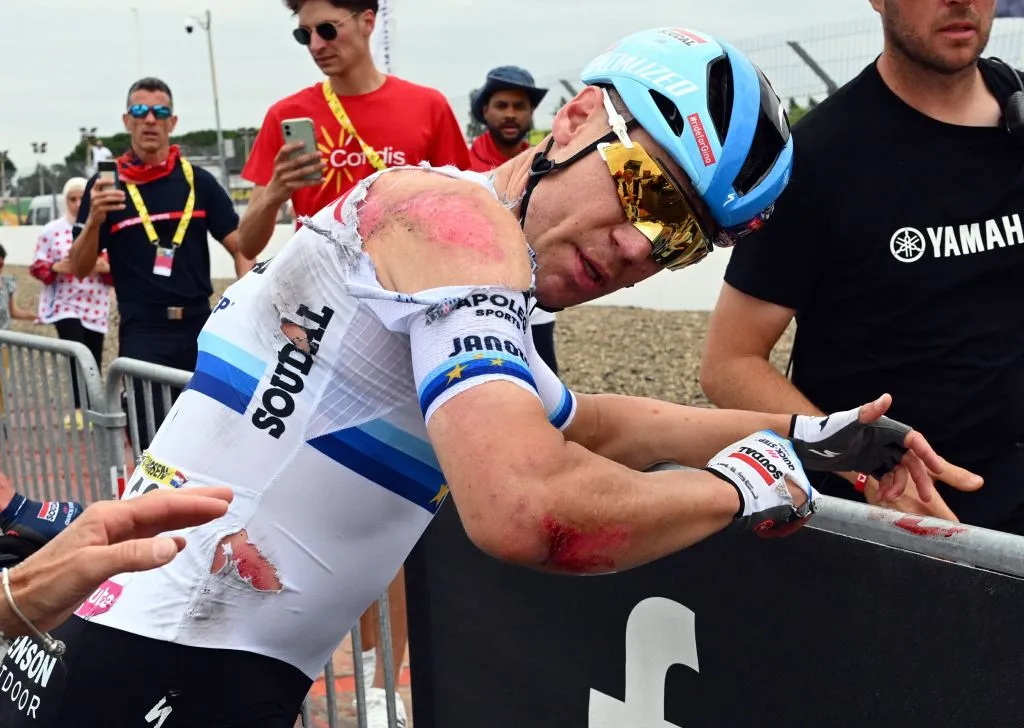
“Road rash is where the top layer of skin is rubbed off when your body comes in contact with the ground,” says James McNulty-Ackroyd, head of clinical projects at St John Ambulance.
First aiders also call road rash a graze or abrasion.
McNulty-Ackroyd, who is also a paramedic in the charity’s cycle response unit, adds: “It is particularly painful, as the nerve endings of your skin are open to the air and these wounds can lightly bleed too.”
How do you treat road rash?

Immediately after a crash, some grazes may have gravel or dirt stuck to the wound.
You should wash this off with tap water and gauze, which won’t disintegrate when rubbed lightly over the wound like tissue will, according to McNulty-Ackroyd.
“Then you can apply a dressing over the top to promote healing and prevent the wound on things,” he says. This could be a large adhesive dressing or a bandage.
“If you have a large injury, or fall off on dirt tracks, you may need a tetanus injection,” he adds.
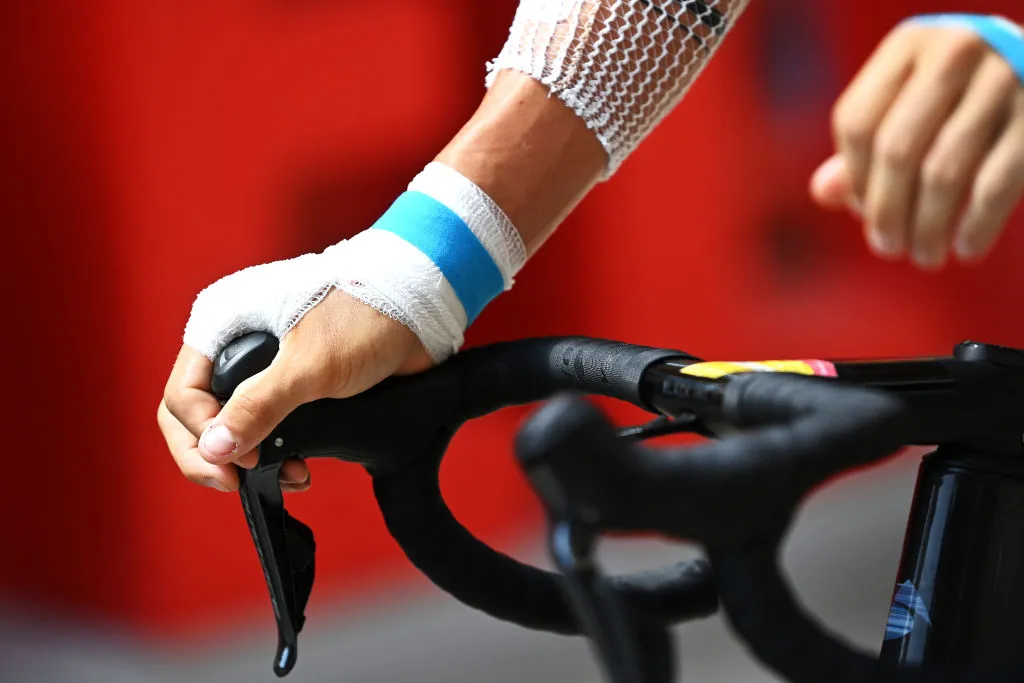
Within a few days, most grazes should have healed and require no further treatment, according to McNulty-Ackroyd.
He says you should continue to keep the affected area as clean as possible and change the dressings when they become dirty or sodden.
However, it’s a cause for concern “if you notice it’s becoming inflamed (hot and red), is particularly smelly and/or exuding pus,” says the paramedic.
If you see such symptoms, head to a minor injuries unit or urgent care centre or ask your GP for advice, adds McNulty-Ackroyd.
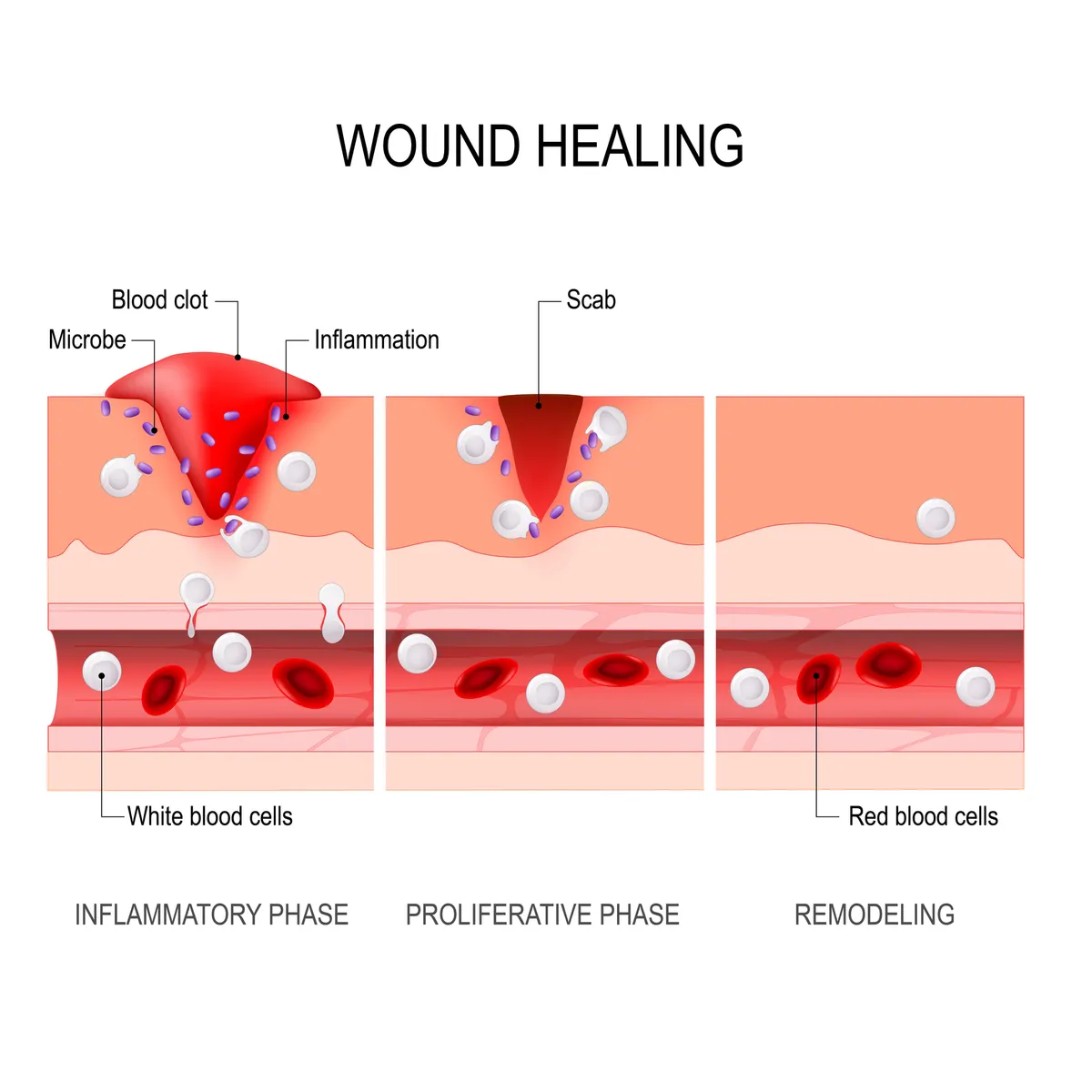
Emergency medicine physician Dr Prentice Steffen says there are three stages to road rash care.
“The first is to be bandaged 24/7. Phase two is covered during the day and open to the air at night. Third is unbandaged 24/7, dried up and scabbed over,” he explains.
Dr Steffen adds that the scab’s disappearance will leave a pink epidermis. This outer layer of skin is not yet fully healed and overexposure to sunlight can cause pigment damage. So he recommends covering it up with sun cream or clothing and applying moisturiser.
Do you need specialist products to treat road rash?

The best first aid treatment for road rash is to clean the graze with water and dress it, according to McNulty-Ackroyd.
Correctly following the steps highlighted above should remove the need for road rash treatment products, he argues.
“There is limited evidence to show they are any better than normal first aid,” he adds.
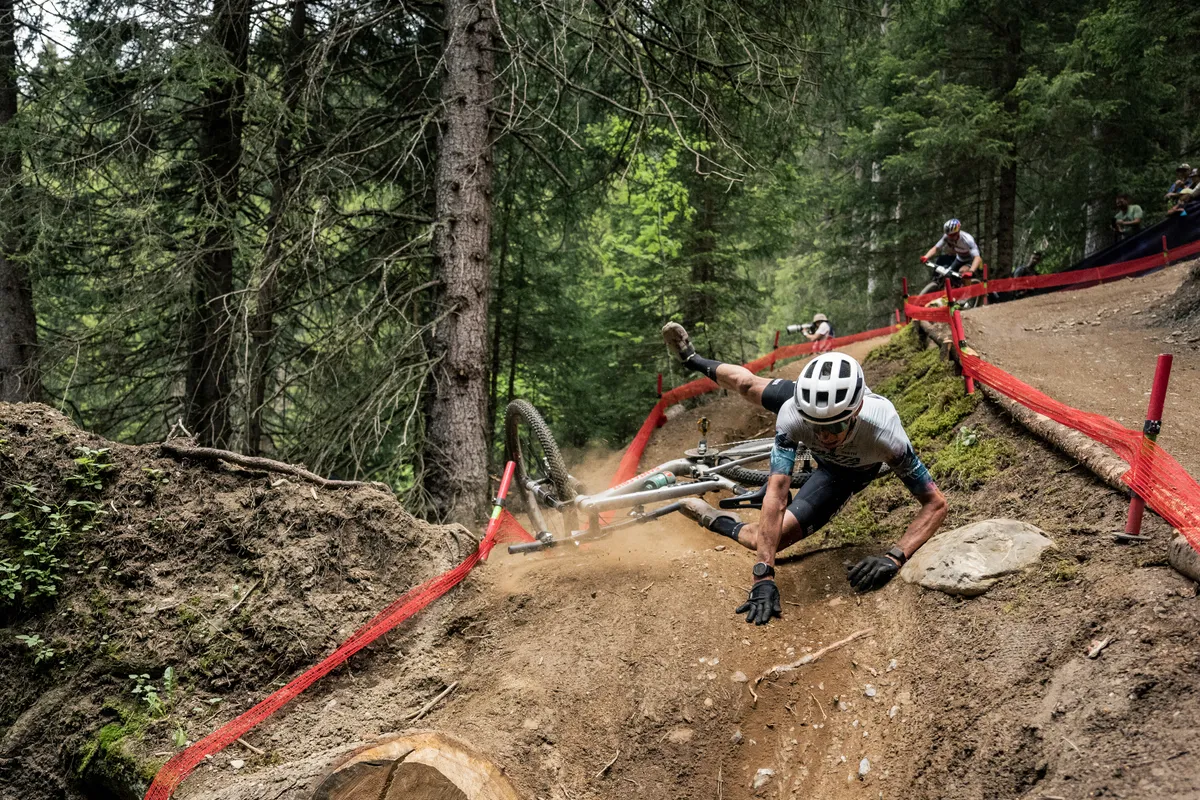
Dr Steffen agrees that road rash rarely needs to be scrubbed and soap and water suffice for cleaning the graze.
He says that chemicals, like betadine and peroxide, are too harsh while gels and sprays carry little benefit.
On the odd occasion that grit or gravel becomes embedded in the wound, you should go to an emergency department. The task calls for specialist expertise, equipment and pain relief (for you), according to Dr Steffen.
How do you treat bruised muscles from a crash?
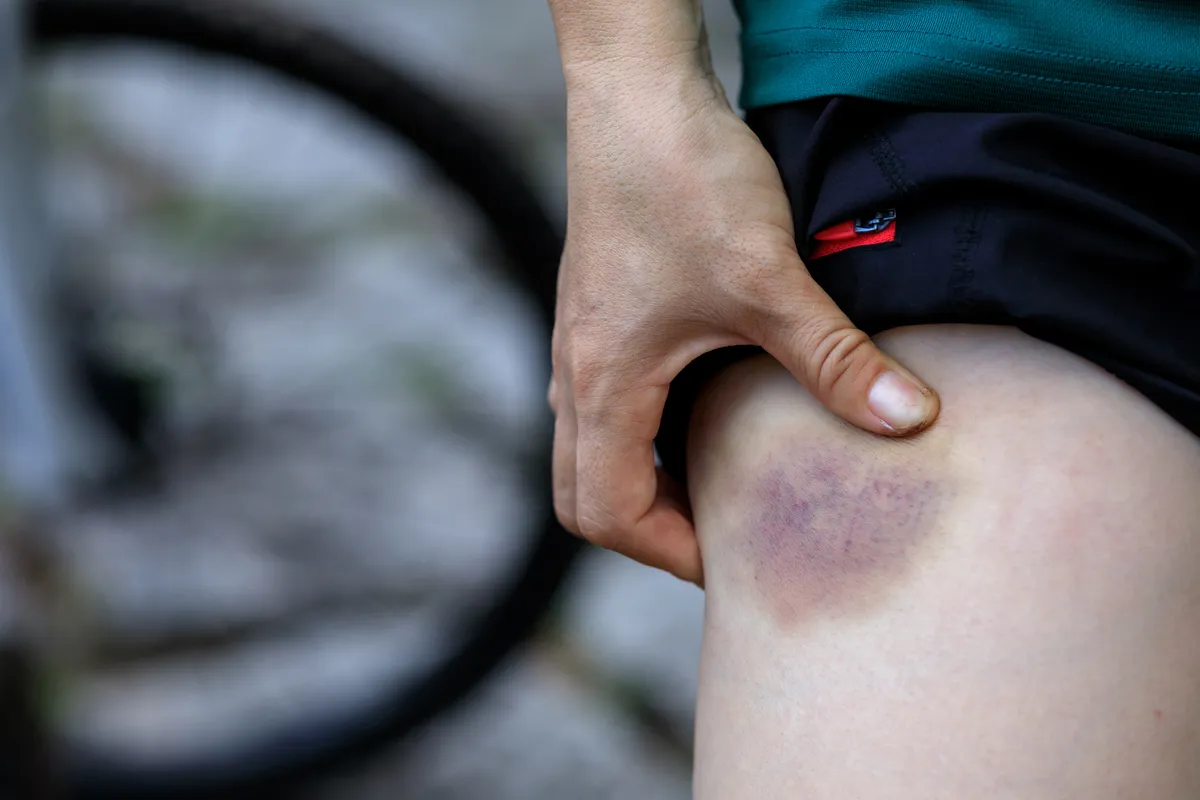
Muscle bruising, which leaves you feeling sore and stiff, often occurs in the same area as road rash after a cycling crash.
McNulty-Ackroyd says: “This is caused by damage to the capillaries in your skin and blood leaking into the areas surrounding it.
“Ideally, you want to get a cold compress or an ice pack onto the area as soon as possible to help reduce the pain and swelling.
“Bruising can stay for several days but will normally start to dissipate with time.”
He adds that older riders and people on blood-thinning medication (anti-coagulants) may bruise more easily.
How can you prevent road rash?

Riding safely doesn’t rule out crashing and sustaining road rash due to factors beyond your control, such as the actions of other road or trail users.
However, you can reduce the risk of road rash should you hit the deck by covering vulnerable areas, according to McNulty-Ackroyd.
On a mountain bike, wear MTB knee pads and mountain bike gloves. Drop bar riders should consider summer cycling mitts when it’s warmer or winter cycling gloves in the cold.
Many of us like riding fast but this does raise the risk of road rash if you lose control.
“Speed will increase the chances of your clothes tearing under you and the ground, so cycle safely and use appropriate body armour depending on your style of riding,” adds McNulty-Ackroyd.
